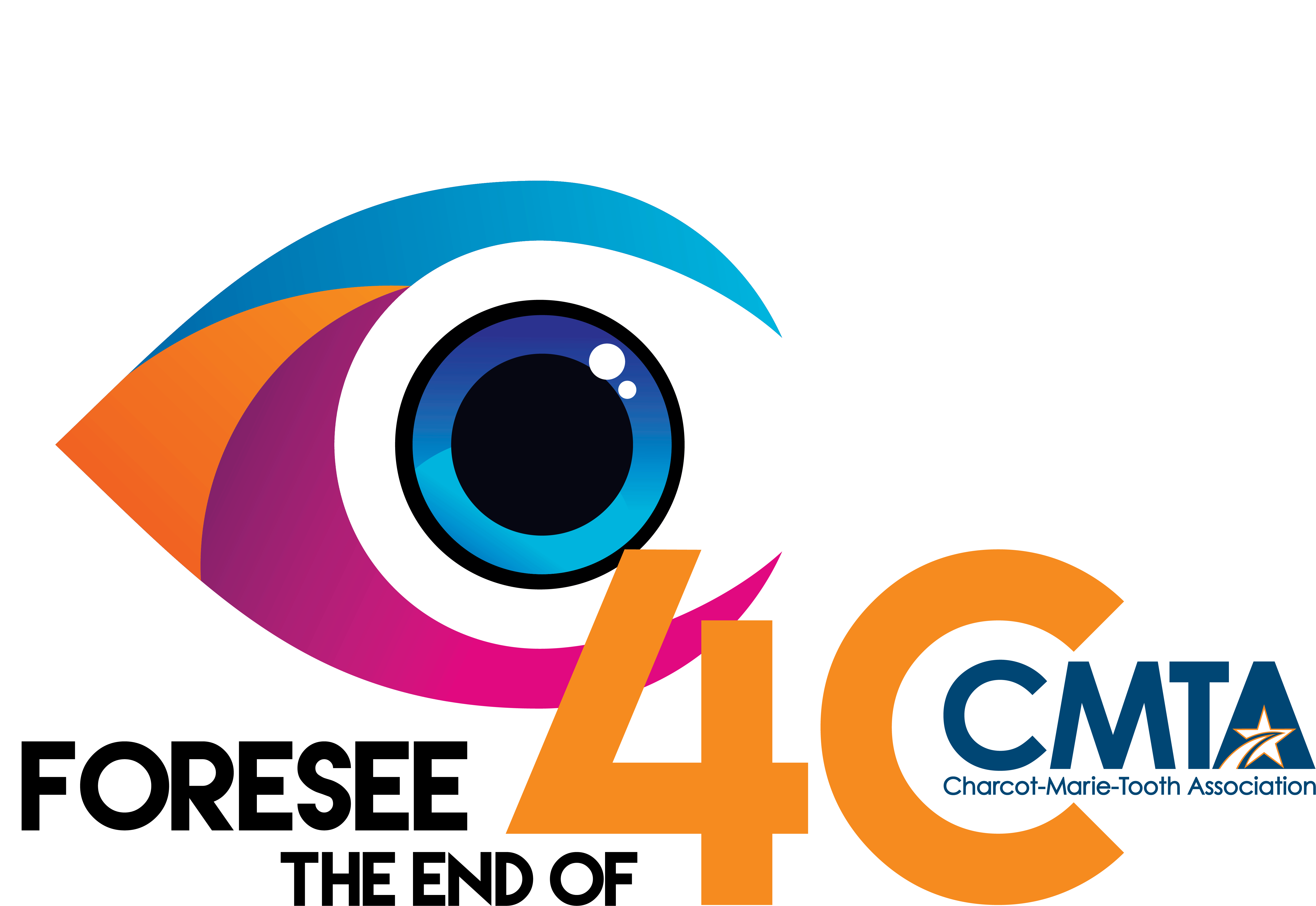CMT4C is...
A subtype of Charcot-Marie-Tooth disease, a group of inherited disorders that affects peripheral nerves, resulting in muscle weakness and wasting, particularly in the lower legs and feet, and sometimes in the hands.
Common CMT4C Symptoms
Genetic Causes
CMT4C is caused by mutations in certain genes that are involved in the structure and function of peripheral nerves. Specifically, it is associated with mutations in the SH3TC2 gene, which provides instructions for making a protein involved in the formation of myelin, the protective covering of nerves. CMT4C is genetically inherited by a recessive mutation in the gene SH3TC2 from both parents. These mutations disrupt the normal functioning of peripheral nerves, leading to the characteristic symptoms of CMT4C.

Progression

Treatment
Although CMT4C does not have a cure right now, there are ways to mitigate and manage symptoms. Things like Ankle Foot Orthosis (AFO) help stabilize walking gait, and physical therapy can strengthen and maintain flexibility in order to postpone progression. It's vitally important to stay active for as long as possible.
Right now, there is no accessible treatment for those who suffer from CMT4C. However, after four decades of research supported by the CMTA, scientists have recently discovered a cure for CMT4C using gene therapy in mice. We have now mobilized the top resources globally through the 'Foresee Project' to progress through the necessary steps to treat humans with CMT4C. There is hope for those struggling!
